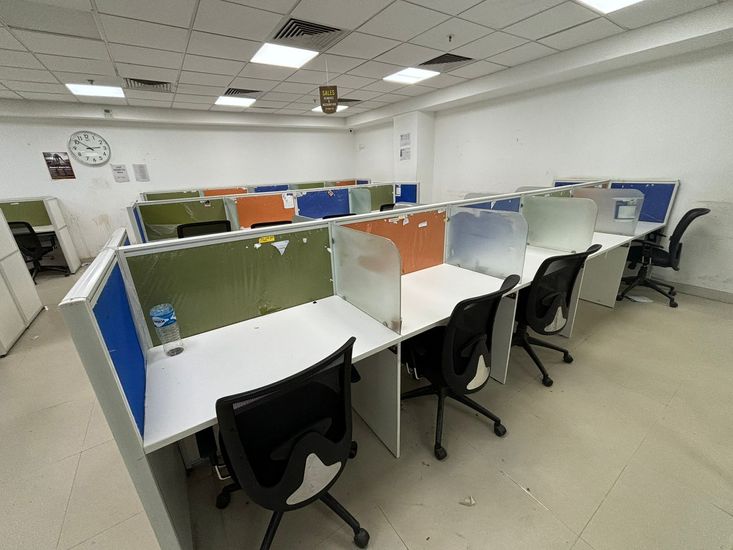A modern exhibition stand booth serves as more than just a display area it is a strategic tool for creating lasting impressions. In a highly competitive market, where countless businesses vie for attention, a visually compelling and innovative booth can effectively draw in potential clients and partners. Utilizing sleek designs, bold graphics, and cohesive brand elements, companies can set themselves apart and communicate their core values with clarity. The visual appeal alone has the power to spark curiosity and pull attendees into a more meaningful engagement with the brand. Interactivity plays a crucial role in elevating the booth experience. Integrating touchscreens, virtual reality demos, or augmented reality features allows visitors to actively engage rather than passively observe. These elements can showcase products or services in a more immersive way, helping attendees retain information better. Additionally, gamified experiences or quizzes with small incentives can make the visit enjoyable and memorable.
This kind of interactivity not only entertains but also informs, leaving a more lasting impact than traditional displays. A well-designed exhibition aplus expo booth also fosters authentic human connection. Strategically placed seating areas and private discussion zones offer comfort and encourage longer, more in-depth conversations. Staff trained in customer engagement can answer questions, give product demonstrations, and build rapport with visitors. When the physical layout supports face-to-face interaction, the brand becomes more relatable and trustworthy, encouraging future business relationships. Lighting and ambiance significantly influence the effectiveness of a booth. Smart use of lighting such as spotlights, backlights, and mood lighting can emphasize focal points and create a welcoming atmosphere. Carefully curated soundscapes and background music add to the immersive experience. Together, these sensory elements help convey the brand’s identity and energy in a way that resonates with the audience on a deeper level.
Incorporating sustainability into the design of the booth is another way to elevate brand awareness. Using eco-friendly materials, modular setups, and reusable displays not only reduces environmental impact but also communicates social responsibility. Visitors increasingly appreciate brands that align with their values, and demonstrating green practices can enhance a brand’s reputation and trustworthiness within the market. Finally, a successful exhibition booth includes elements that encourage ongoing exhibition stand manufacturers engagement beyond the event. QR codes, social media integration, and digital giveaways can extend the conversation into the online space. Following up with leads gathered during the exhibition through personalized emails or offers can turn initial curiosity into lasting connections. By combining modern design with interactive and thoughtful features, an exhibition booth becomes a powerful ambassador for brand awareness.


